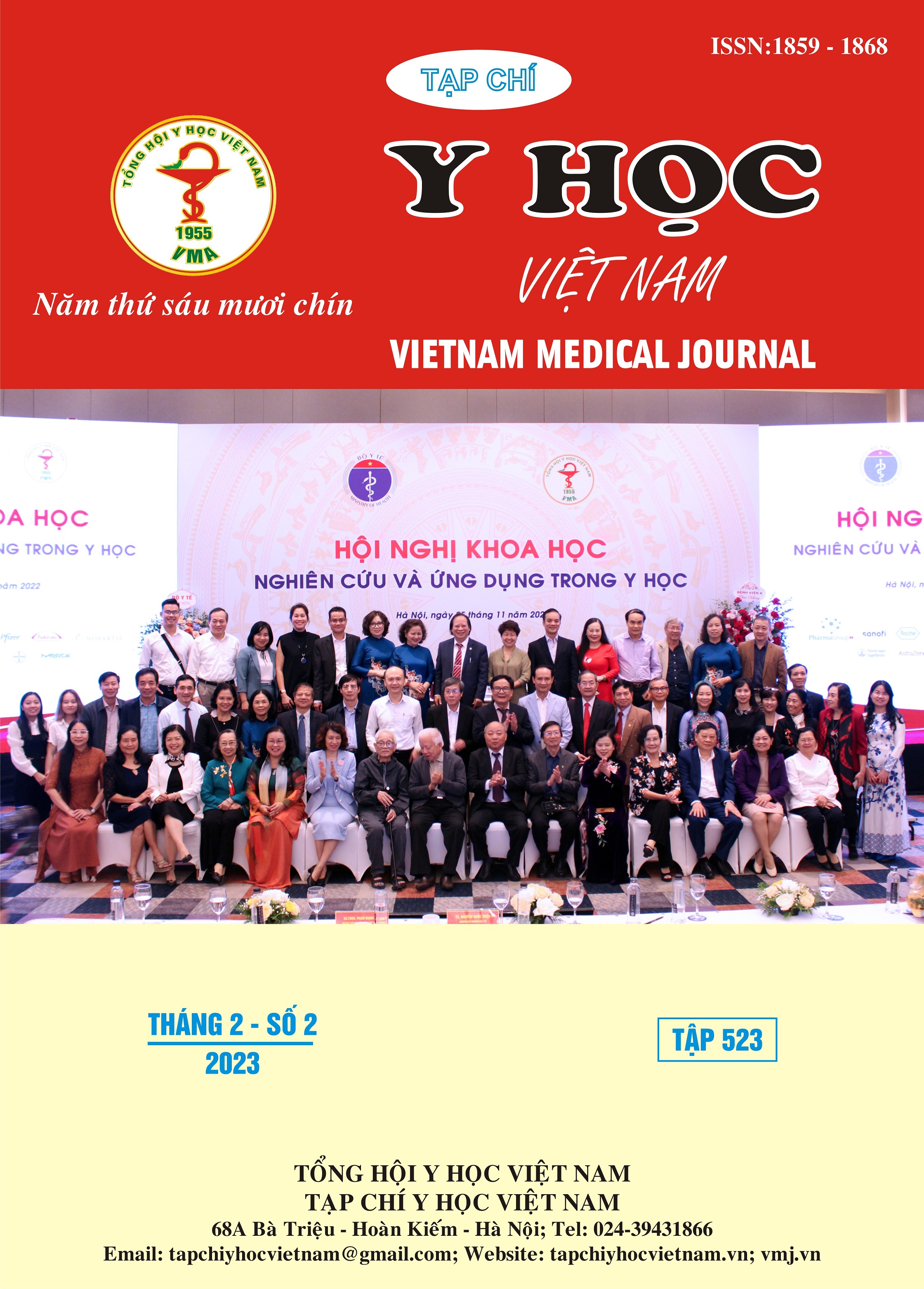TRAUMATIC L5S1 SPONDYLOLISTHESIS IN AN ADOLESCENT: A CASE REPORT
Main Article Content
Abstract
Traumatic spondylolisthesis is a rare injury resulting from complex trauma and high-energy mechanisms. We present a case report of traumatic spondylolisthesis at the L5–S1 disc space of a patient who was buried after a wall fell on his back. In the physical examination, bilaterally decreased muscle strength was observed. Examination images indicated a 90% slip at L5–S1. Surgical treatment was provided with a posterior and anterior approach using pedicle fixation and an anterior cage. After 4 months, there was significant recovery of muscle strength in the lower limbs.
Article Details
Keywords
L5S1 Traumatic spondylolisthesis, adolescent.
References
2. Yue WM, Brodner W, Gaines RW. Abnormal spinal anatomy in 27 cases of surgically corrected spondyloptosis: proximal sacral endplate damage as a possible cause of spondyloptosis. Spine (Phila Pa 1976); Mar 15 2005;30(6 Suppl):S22-6. doi:10.1097/01.brs.0000155572.72287.92
3. Pfeil J, Niethard FU, Cotta H. Pathogenesis of pediatric spondylolisthesis. Z Orthop Ihre Grenzgeb; Sep-Oct 1987;125(5):526-33. Die Pathogenese kindlicher Spondylolisthesen. doi:10.1055/s-2008-1044750
4. Sairyo K, Goel VK, Vadapalli S, et al. Biomechanical comparison of lumbar spine with or without spina bifida occulta. A finite element analysis. Spinal Cord; Jul 2006;44(7):440-4. doi:10.1038/sj.sc.3101867
5. Roaf R. A study of the mechanics of spinal injuries. The Journal of Bone and Joint Surgery British volume; 1960;42(4):810-823.
6. Dewey P, Browne PS. Fracture-dislocation of the lumbo-sacral spine with cauda equina lesion. Report of two cases. J Bone Joint Surg Br; Aug 1968;50(3):635-8.
7. Hanley EN, Jr., Knox BD, Ramasastry S, et al. Traumatic lumbopelvic spondyloptosis. A case report. J Bone Joint Surg Am; Nov 1993;75(11):1695-8. doi:10.2106/00004623-199311000-00016
8. Tsirikos AI, Saifuddin A, Noordeen MH, et al. Traumatic lumbosacral dislocation: report of two cases. Spine (Phila Pa 1976); Apr 15 2004; 29(8):E164-8. doi:10.1097/00007632-200404150-00026


